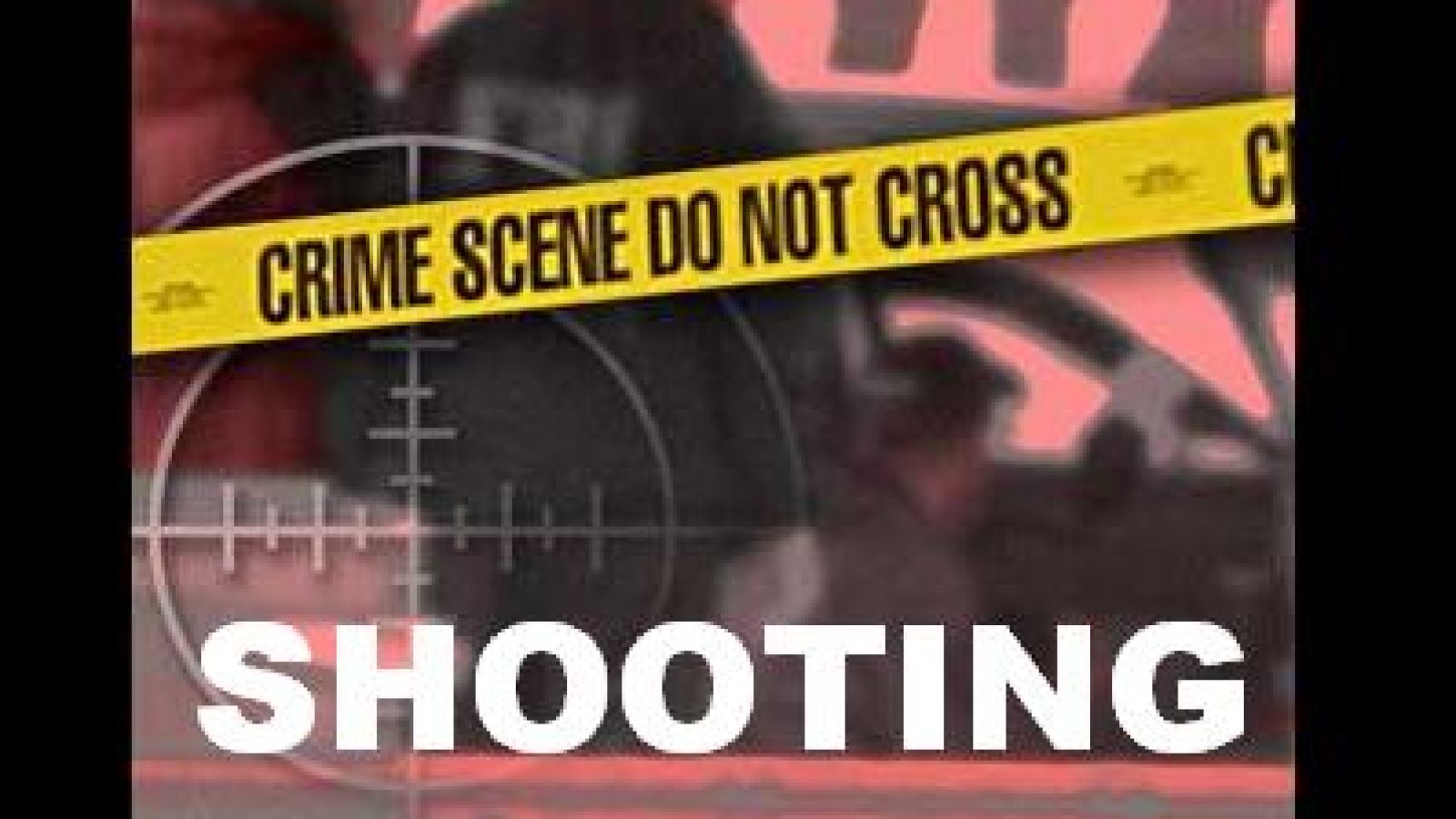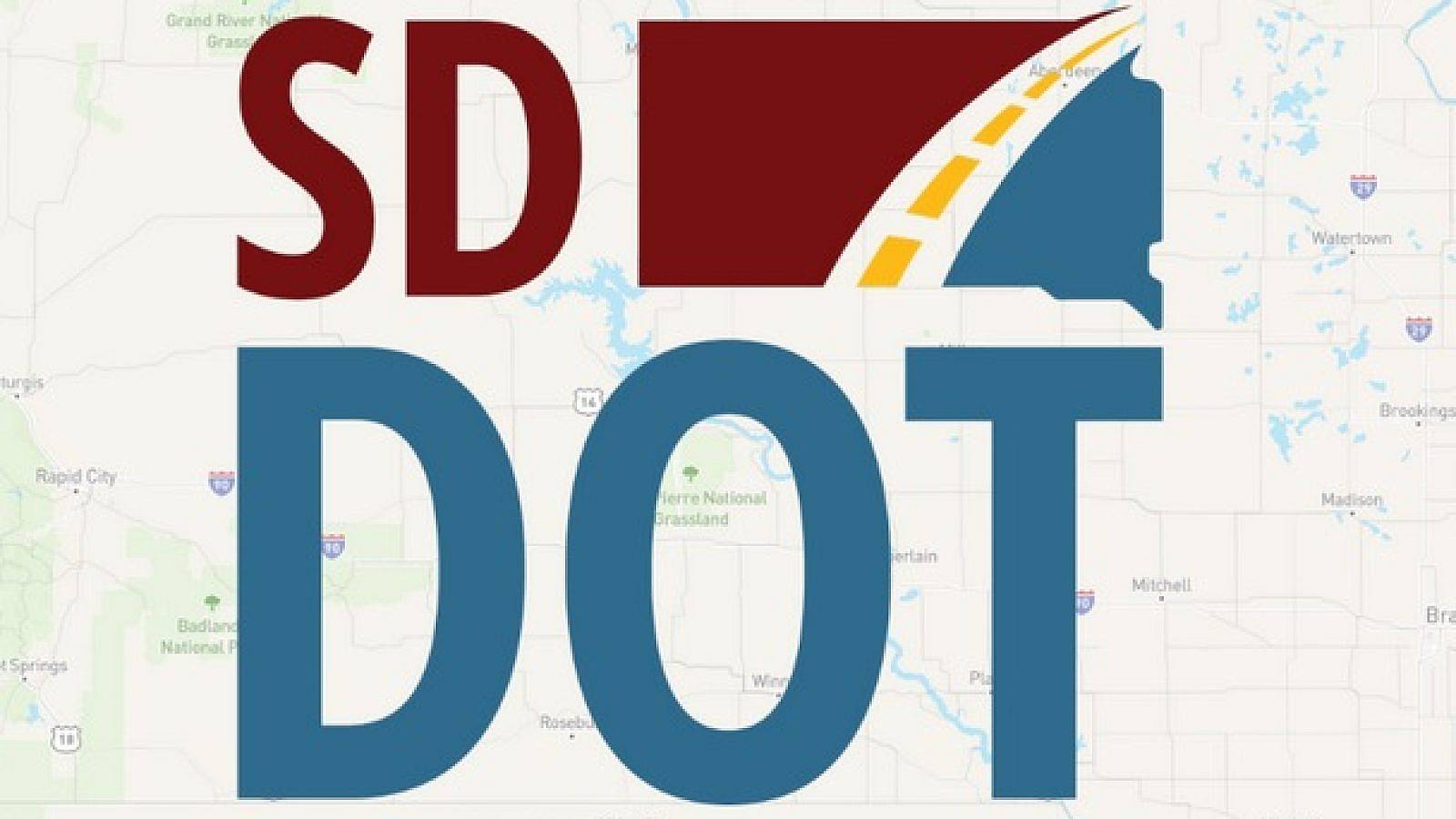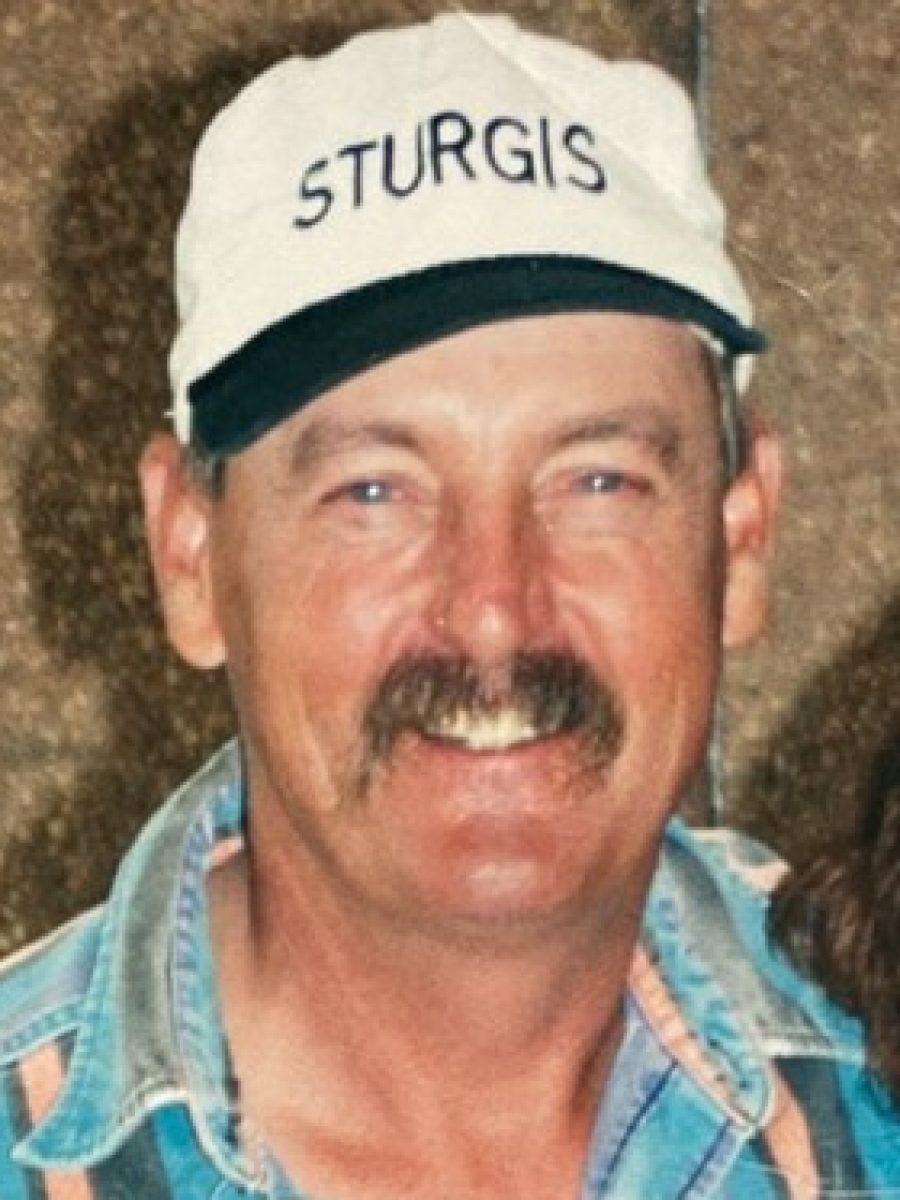PIERRE, S.D. – South Dakota received over $3.5 million from a national opioid lawsuit settlement in the last few months — the beginning of over $54 million delivered to the state in the next two decades.
Now, the state, cities and counties are figuring out how to spend that money, focusing on opioid addiction treatment, prevention and education.
Opioids were connected to 43 deaths in South Dakota in 2021. And in Sioux Falls, 21 people died due to drug overdoses in 2022, according to Sioux Falls Public Health Director Charles Chima.
Opioids and other drugs have “done great harm” to communities across the country and South Dakota, he added.
“While our police officers continue their impressive work of finding and removing dangerous drugs from our community, these opioid settlement funds will enable the city of Sioux Falls to fund prevention and harm reduction services, including education campaigns to discourage illicit drug use,” Chima said in an emailed statement.
The $3.5 million is made up of funds from the first and second payments from a national opioid settlement, but the state expects to see more cash from additional settlements in the next few years.
How South Dakota can use the $54 million
The national opioid settlement was reached in 2021 to resolve opioid litigation against the country’s three largest pharmaceutical distributors and one manufacturer. More than $50 billion in settlement funds is being delivered to state and local governments from the companies accused of flooding communities with opioid painkillers even though they allegedly knew how addictive and deadly the drugs were.
South Dakota is one of 52 states and territories to receive settlement funds. The state will continue to receive yearly payments for the next 18 years.


Funds are split between the state and participating local governments, with the state retaining 70%, or $2.5 million for the first two payments, and South Dakota counties and cities receiving 30%, or $1 million collectively, for the first two payments. South Dakota counties and cities will receive roughly $16.2 million of the state’s $54 million total over the next 18 years.
A second settlement is expected to deliver an additional $2 million to the state and local governments in its first year, and South Dakota expects to receive even more money from 2022 agreements with pharmacy chains CVS, Walgreens and Walmart and two more manufacturers. It’s unclear how much more money South Dakota will receive from those settlements.
The settlements require that the money received from the settlement be used to support opioid addiction treatment, prevention or education. The money can be spent directly by the state or local government, or can be awarded to third-party organizations and recipients.
Many counties leave money up to law enforcement, criminal justice
While some local governments received significant funding so far, other counties and cities received little. Sioux Falls received the largest amount in the first two settlement allocations of about $230,000, for instance. But 10 counties received less than $2,000 each for the first two payments of the settlement. Jones County received less than $500 total.


That leaves a range of how cities and counties can use the money, and many of them are relying on local law enforcement to decide how best to use the funds.
Minnehaha County plans to put its $130,000 toward its portion of the LINK in Sioux Falls, which is a community triage center providing sobering, addiction and crisis stabilization services. The site saw more than 4,000 triage encounters in its first year.
The city of Sioux Falls hasn’t finalized how it’ll use its funds because of its timing and other impending settlements, but the money will go through the Sioux Falls Health Department, said Shawn Pritchett, director of finance for Sioux Falls.
“We anticipate that funding will be directed to drug use prevention programming and education as well as treatment services, which could include the Link,” Pritchett said in an emailed statement.
Rapid City appointed its police department to designate how to use the money. Rapid City Police Community Relations Specialist Brendyn Medina said the funds will initially be used to expand the police department’s evidence laboratory testing to include drug purity testing.


Medina said the Rapid City evidence lab has seen a 250% increase since 2021 in the number of cases where fentanyl is identified. He also said traffic crashes have risen due to opioid use and overdoses. Narcan – an opioid overdose antidote – was used 48 times by Rapid City Fire and Police in 2022 and 13 times so far in 2023, Medina added.
“With that being the case, understanding the potency or purity of street drugs has been identified as a priority to understand the threat these drugs pose in our community,” Medina said.
The improved testing will more accurately identify the amounts of opioids in substances and could alter the type of prosecution in cases, Medina said.
But for Aberdeen, the $18,800 received so far won’t accomplish much, said City Attorney Ron Wager.
“The amount of dollars isn’t enough to really do anything major, at least not for a city our size,” Wager said.
Aberdeen hasn’t determined how to use the money, though Wager said drug education programming and supporting a community resource officer are both options. He expects the city will have an idea of how to spend the money by May.
Other counties have discussed putting the money toward a drug court program (Brookings County), distributing funds to local intervention and treatment services (Butte County) and giving the money to local school districts to fund prevention efforts (Grant County), based on county commission meeting minutes.
State will create opioid overdose follow-up program with funds
As for the state, the Department of Social Services and the Department of Health created a four-part strategy on how to use the first allocation of $1.2 million. The plan was approved by the South Dakota Opioid Abuse Advisory Committee at its January meeting.
The plan establishes a fund for communities and providers to apply for grants; establishes a fund for continued state efforts in prevention, recovery and treatment; supports the state prescription drug monitoring program to ensure opioids are not being over-prescribed; and creates an opioid overdose follow-up program.


The goal of the follow-up program is to increase links between survivors of opioid overdoses and community care. The state DSS will start accepting proposals for organizations interested in partnering for the program, said state DSS Secretary Matt Althoff in an emailed statement.
Agencies that submit proposals will choose what approaches will work best for their communities, Althoff said.
Shaina Smykle, a program specialist supporting substance use disorders and suicide prevention services with the state Behavioral Health Services, said the program will look at how to better help South Dakotans struggling with opioid abuse.
“We would like to reach out and have root-cause conversations within a couple of days after a person experiences an overdose,” Smykle said during the November 2022 Behavioral Health Advisory Council meeting. “The goal is meeting their needs and finding what’s right for them.”
Examples of what the settlement money can be used for:
- Treating opioid use disorder, such as expanding treatment and telehealth access for opioid use disorder treatment or supporting workforce development or scholarships for addiction professionals such as behavioral health practitioners.
- Connecting people who need help, such as providing intervention training in schools, in the criminal justice system and for youth and young adults.
- Supporting people in treatment and recovery, such as providing comprehensive wrap-around services, access to housing for people with opioid use disorder, employment training or educational services for people in treatment, and assistance to deinstitutionalized people with opioid addiction.
- Addressing the needs of criminal-justice-involved people.
- Addressing the needs of pregnant women, such as expanding treatment and recovery support for neonatal abstinence syndrome babies and providing supports for parenting for women with opioid use disorder.
- Preventing over-prescribing opioids.
- Preventing misuse of opioids, such as improving media campaigns or supporting youth-focused programs about drug misuse or mental health needs of young adults.
- Improving harm reduction, such as increasing the availability of naloxone and other overdose drugs






















